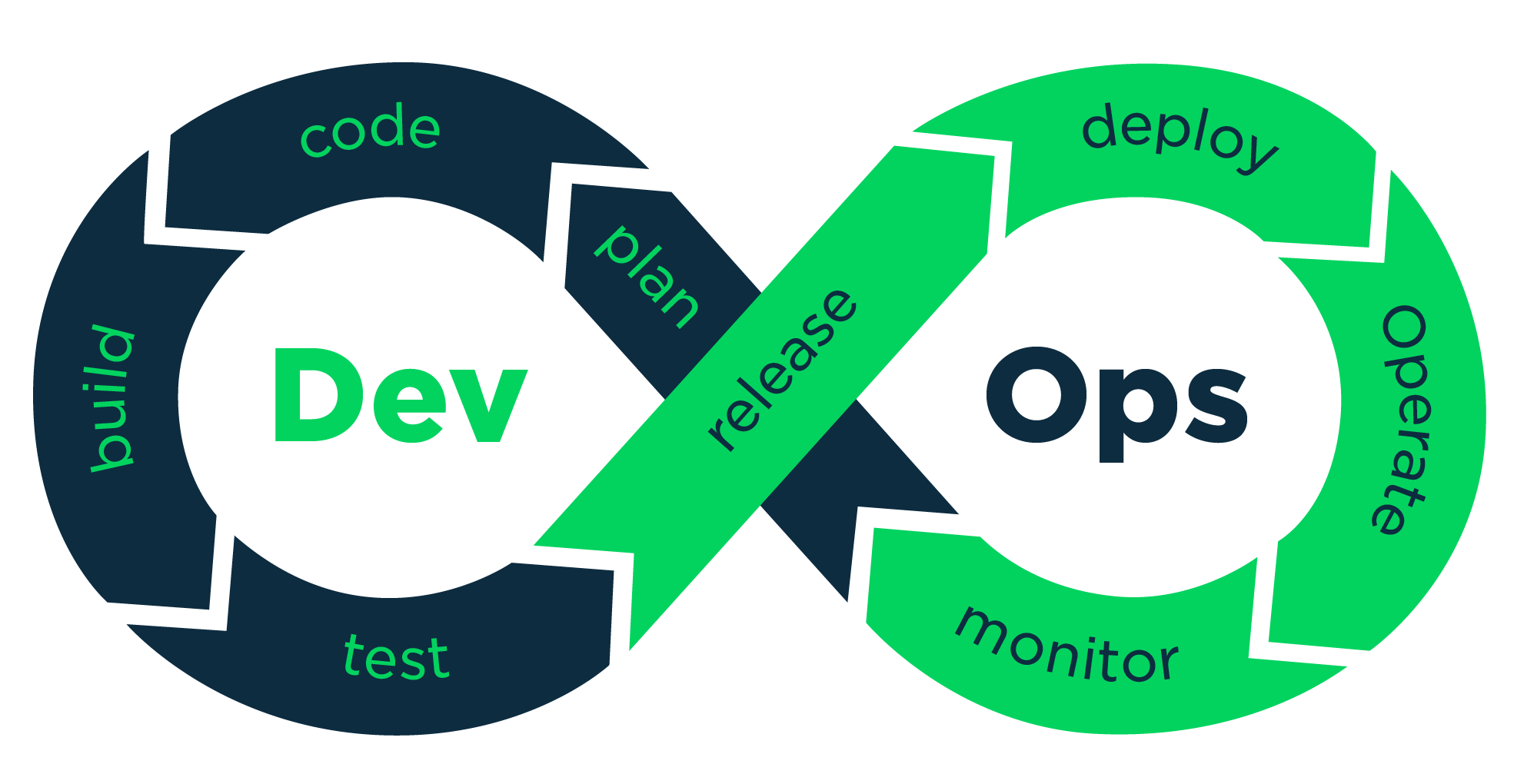My Wild Ride Setting Up Kubernetes with Vagrant
 vikash kumar
vikash kumar
I finally bit the bullet and decided to set up a Kubernetes cluster using Vagrant. Let me tell you, it wasn't exactly smooth sailing. If you're thinking about trying this yourself, you might want to learn from my mistakes - trust me, I made plenty.
Prerequisites: VirtualBox and Vagrant
Before we dive into Kubernetes, we need to set up our virtualization environment. Here's the step-by-step process I followed:
1. Install VirtualBox
First, we need to install VirtualBox. Here's how I did it on Ubuntu:
sudo apt update
sudo apt install virtualbox
For other operating systems, you can download VirtualBox from the official website: https://www.virtualbox.org/wiki/Downloads
2. Configure VirtualBox Network
After installing VirtualBox, we need to configure its network settings to allow our custom IP range. Here's what I did:
sudo nano /etc/vbox/networks.conf
In the networks.conf file, I added these lines:
* 192.168.56.0/21
* 172.16.16.0/24
This configuration allows VirtualBox to use our custom IP range (172.16.16.0/24) without any issues.
The Vagrant Voyage Begins
First things first, let's talk Vagrant. If you haven't used it before, trust me, it's a game-changer for creating and managing VMs. Here's how I got started:
Headed over to the Vagrant website and grabbed the version for my OS.
Installed it (following the instructions like a good developer).
Fired up my terminal and ran
vagrant --versionto make sure everything was kosher.
Easy peasy, right? Well, hold onto your hats, because things were about to get interesting.
3. Install Vagrant
Now that VirtualBox is set up, let's install Vagrant:
curl -fsSL https://apt.releases.hashicorp.com/gpg | sudo apt-key add -
sudo apt-add-repository "deb [arch=amd64] https://apt.releases.hashicorp.com $(lsb_release -cs) main"
sudo apt-get update && sudo apt-get install vagrant
For macOS or Windows, you can download Vagrant from the official website: https://www.vagrantup.com/downloads
After installation, I verified it was working:
vagrant --version
Vagrant 2.4.1
Crafting the Cluster
I whipped up a Vagrantfile to define two VMs: one for the master node and one for the worker. Here's what it looked like:
Vagrant.configure("2") do |config|
config.vm.box = "ubuntu/jammy64"
config.vm.box_check_update = false
# Common provisioning script for updating packages
$script = <<-SCRIPT
sudo apt-get update
SCRIPT
# Master Node
config.vm.define "master-1" do |master|
master.vm.hostname = "master-1"
master.vm.network "private_network", ip: "172.16.16.11"
master.vm.provider "virtualbox" do |vb|
vb.memory = 4096
vb.cpus = 3
end
master.vm.provision "shell", inline: $script
end
# Worker Node
config.vm.define "worker-1" do |worker|
worker.vm.hostname = "worker-1"
worker.vm.network "private_network", ip: "172.16.16.21"
worker.vm.provider "virtualbox" do |vb|
vb.memory = 4096
vb.cpus = 4
end
worker.vm.provision "shell", inline: $script
end
end
I saved this as Vagrantfile in a new directory called test, then ran this inside the test directory:
vagrant up
I fired up the VMs with a quick vagrant up, and boom! We were in business. Or so I thought...
The IP Address Nightmare
Here's where things got weird. I SSH'd into the nodes and ran hostname -I, expecting to see one neat little IP address. Instead, I got this:
10.0.2.15 172.16.16.11
What the...? Both nodes had two IP addresses! Turns out, Vagrant was playing tricks on me. It sets up two network interfaces: one for its internal networking (10.0.2.15) and another for the private network we defined (172.16.16.11 for master, 172.16.16.21 for worker).
At first, I thought, "No biggie, right?" Wrong. When I tried to deploy pods and check their logs with kubectl logs, all I got were errors saying the resource couldn't be found. The culprit? Both nodes were using the same internal IP (10.0.2.15), which was messing with Kubernetes networking. Talk about a facepalm moment!
The Fix: A Script to Rule Them All
After banging my head against the wall for a while, I had an epiphany. What if I could create a script smart enough to handle this IP madness, and flexible enough to work in other environments too? Challenge accepted!
Here's the beast I came up with (brace yourselves, it's a long one):
#!/bin/bash
set -e
# Variables
MASTER_IPS=("172.16.16.11") # List of master IPs
WORKER_IPS=("172.16.16.21") # List of worker IPs
K8S_VERSION="1.30.3-1.1"
# Function to prompt for environment type
get_environment_type() {
echo "Select the environment type:"
echo "1) Virtual Machine (e.g., Vagrant)"
echo "2) Cloud or Bare Metal"
read -p "Enter your choice (1 or 2): " ENV_TYPE
case $ENV_TYPE in
1) ENVIRONMENT="vm" ;;
2) ENVIRONMENT="non-vm" ;;
*) echo "Invalid choice. Exiting."; exit 1 ;;
esac
}
# Function to get the correct IP address
get_ip_address() {
if [ "$ENVIRONMENT" == "vm" ]; then
# For VM, prompt for the network prefix
read -p "Enter the network prefix for your VMs (e.g., 172.16.16): " NETWORK_PREFIX
LOCAL_IP=$(hostname -I | tr ' ' '\n' | grep "^$NETWORK_PREFIX" | head -n 1)
if [[ -z "$LOCAL_IP" ]]; then
echo "Error: No IP address found with the given prefix."
exit 1
fi
else
# For non-VM, use the primary IP
LOCAL_IP=$(hostname -I | awk '{print $1}')
fi
echo $LOCAL_IP
}
# Function to update /etc/hosts
update_hosts() {
echo "Updating /etc/hosts..."
{
for i in "${!MASTER_IPS[@]}"; do
echo "${MASTER_IPS[$i]} master-$((i+1))"
done
for i in "${!WORKER_IPS[@]}"; do
echo "${WORKER_IPS[$i]} worker-$((i+1))"
done
} | sudo tee -a /etc/hosts
}
# Function to set the hostname
set_hostname() {
LOCAL_IP=$(get_ip_address)
# Determine the hostname based on the IP
if [[ " ${MASTER_IPS[@]} " =~ " ${LOCAL_IP} " ]]; then
for i in "${!MASTER_IPS[@]}"; do
if [ "${MASTER_IPS[$i]}" == "$LOCAL_IP" ]; then
HOSTNAME="master-$((i+1))"
break
fi
done
elif [[ " ${WORKER_IPS[@]} " =~ " ${LOCAL_IP} " ]]; then
for i in "${!WORKER_IPS[@]}"; do
if [ "${WORKER_IPS[$i]}" == "$LOCAL_IP" ]; then
HOSTNAME="worker-$((i+1))"
break
fi
done
else
HOSTNAME="node-$(echo $LOCAL_IP | sed 's/[^0-9]//g')"
fi
echo "Setting hostname to $HOSTNAME..."
sudo hostnamectl set-hostname $HOSTNAME
}
# Get the environment type
get_environment_type
# Set hostname
set_hostname
# Update /etc/hosts
update_hosts
# Common setup for all Kubernetes nodes
echo "Setting up node..."
# Disable Firewall
sudo ufw disable
# Disable swap
sudo swapoff -a
sudo sed -i '/swap/d' /etc/fstab
# Verify swap is disabled
free -h
# Update sysctl settings for Kubernetes networking
cat <<EOF | sudo tee /etc/sysctl.d/kubernetes.conf
net.bridge.bridge-nf-call-ip6tables = 1
net.bridge.bridge-nf-call-iptables = 1
net.ipv4.ip_forward = 1
EOF
sudo sysctl --system
# Install containerd
sudo apt update
sudo apt install -y curl gnupg2 software-properties-common apt-transport-https ca-certificates
curl -fsSL https://download.docker.com/linux/ubuntu/gpg | gpg --dearmor -o /etc/apt/trusted.gpg.d/docker-archive-keyring.gpg
sudo add-apt-repository "deb [arch=amd64] https://download.docker.com/linux/ubuntu $(lsb_release -cs) stable"
sudo apt update
sudo apt install -y containerd.io
sudo mkdir -p /etc/containerd
containerd config default | sudo tee /etc/containerd/config.toml
sudo sed -i 's/SystemdCgroup = false/SystemdCgroup = true/' /etc/containerd/config.toml
sudo systemctl restart containerd
sudo systemctl enable containerd
# Wait for containerd to fully start
echo "Waiting for containerd to start..."
while ! systemctl is-active --quiet containerd; do
sleep 1
done
# Install Kubernetes components
echo "Adding Kubernetes repository and installing components..."
# Add Kubernetes signing key
sudo mkdir -p -m 755 /etc/apt/keyrings
curl -fsSL https://pkgs.k8s.io/core:/stable:/v1.30/deb/Release.key | sudo gpg --dearmor -o /etc/apt/keyrings/kubernetes-apt-keyring.gpg
sudo chmod 644 /etc/apt/keyrings/kubernetes-apt-keyring.gpg
# Add Kubernetes repository
echo 'deb [signed-by=/etc/apt/keyrings/kubernetes-apt-keyring.gpg] https://pkgs.k8s.io/core:/stable:/v1.30/deb/ /' | sudo tee /etc/apt/sources.list.d/kubernetes.list
sudo chmod 644 /etc/apt/sources.list.d/kubernetes.list
# Install Kubernetes components
sudo apt update
sudo apt install -y kubelet=$K8S_VERSION kubeadm=$K8S_VERSION kubectl=$K8S_VERSION
sudo apt-mark hold kubelet kubeadm kubectl
echo "Setup completed!"
I know, I know, it's a lot to take in. But trust me, this script is smarter than it looks. It can figure out whether it's running on a VM or a real server, and it knows just what to do in each case. The real magic happens in the get_ip_address function:
get_ip_address() {
if [ "$ENVIRONMENT" == "vm" ]; then
read -p "Enter the network prefix for your VMs (e.g., 172.16.16): " NETWORK_PREFIX
LOCAL_IP=$(hostname -I | tr ' ' '\n' | grep "^$NETWORK_PREFIX" | head -n 1)
if [[ -z "$LOCAL_IP" ]]; then
echo "Error: No IP address found with the given prefix."
exit 1
fi
else
LOCAL_IP=$(hostname -I | awk '{print $1}')
fi
echo $LOCAL_IP
}
This little gem makes sure we're using the right IP address for Kubernetes networking, avoiding all that confusion with Vagrant's extra interface.
The Home Stretch: Cluster Init and Networking
After running our super-script on both nodes, we were almost there. Just two more steps to go:
Initialize the Kubernetes cluster
Set up the Container Network Interface (CNI)
Here's how I did it:
Initializing the Cluster
On the master node, I ran:
sudo kubeadm init --apiserver-advertise-address=172.16.16.11 --pod-network-cidr=192.168.0.0/16
This command is like telling Kubernetes, "Hey, use this IP address to talk to everyone, and here's the range of IPs you can use for pods." Make sure to save the kubeadm join command it spits out - you'll need it to add your worker node to the party.
Setting Up the CNI
For our cluster to actually work, we need a CNI plugin. I went with Calico because, well, why not? Here's how I set it up:
kubectl apply -f https://raw.githubusercontent.com/projectcalico/calico/v3.28.1/manifests/calico.yaml
This command basically tells Kubernetes, "Here's how you should handle networking for all those pods you're going to run."
After running this, I waited a few minutes for all the Calico pods to start up. You can watch the progress by running:
kubectl get pods -n kube-system -w
Once everything was showing as 'Running', I knew we were in business!
The Sweet Taste of Success
After all that blood, sweat, and tears (okay, maybe just sweat and tears), I finally had a working Kubernetes cluster. Running kubectl get nodes -o wide now showed:
NAME STATUS ROLES AGE VERSION INTERNAL-IP EXTERNAL-IP OS-IMAGE KERNEL-VERSION CONTAINER-RUNTIME
master-1 Ready control-plane 43m v1.30.3 172.16.16.11 <none> Ubuntu 22.04.4 LTS 5.15.0-117-generic containerd://1.7.20
worker-1 Ready <none> 32m v1.30.3 172.16.16.21 <none> Ubuntu 22.04.4 LTS 5.15.0-117-generic containerd://1.7.20
I could finally deploy pods and check their logs without pulling my hair out!
Lessons Learned
This whole adventure taught me a few things:
When using Vagrant or any VM setup, always be ready for network shenanigans.
Double-check (and triple-check) your node IP configurations before diving into Kubernetes setup.
A flexible setup script can save you from a world of pain across different environments.
Have you guys run into similar nightmares while setting up Kubernetes clusters? I'd love to hear your war stories in the comments below!
What's Next?
Hold onto your hats, because next time, we're taking things up a notch. I'm planning to set up a high-availability Kubernetes cluster with 3 master nodes and two NGINX load balancers using a virtual IP. We'll use Vagrant to simulate a production-ready environment, and I'll break down every step of the process.
Stay tuned - it's gonna be epic!
Happy clustering, everyone!
Subscribe to my newsletter
Read articles from vikash kumar directly inside your inbox. Subscribe to the newsletter, and don't miss out.
Written by

vikash kumar
vikash kumar
Hey folks! 👋 I'm Vikash Kumar, a seasoned DevOps Engineer navigating the thrilling landscapes of DevOps and Cloud ☁️. My passion? Simplifying and automating processes to enhance our tech experiences. By day, I'm a Terraform wizard; by night, a Kubernetes aficionado crafting ingenious solutions with the latest DevOps methodologies 🚀. From troubleshooting deployment snags to orchestrating seamless CI/CD pipelines, I've got your back. Fluent in scripts and infrastructure as code. With AWS ☁️ expertise, I'm your go-to guide in the cloud. And when it comes to monitoring and observability 📊, Prometheus and Grafana are my trusty allies. In the realm of source code management, I'm at ease with GitLab, Bitbucket, and Git. Eager to stay ahead of the curve 📚, I'm committed to exploring the ever-evolving domains of DevOps and Cloud. Let's connect and embark on this journey together! Drop me a line at thenameisvikash@gmail.com.